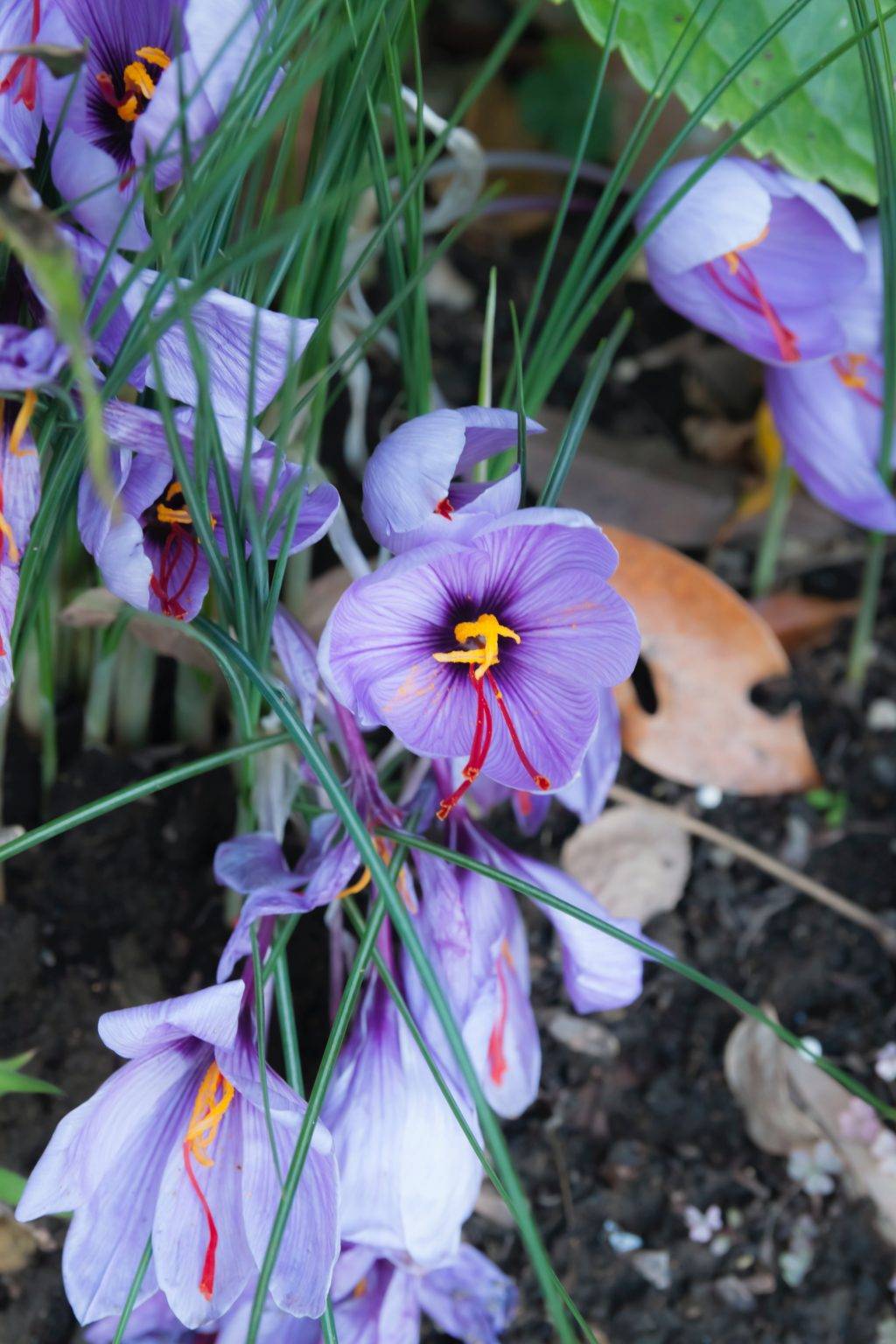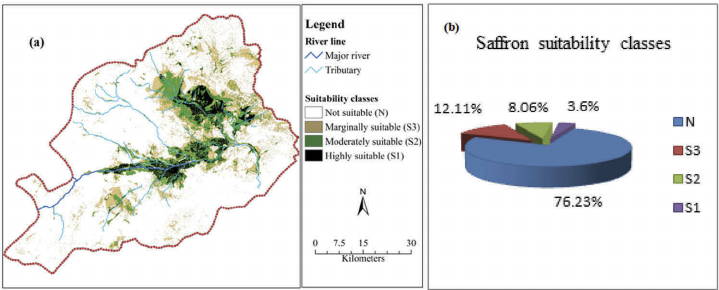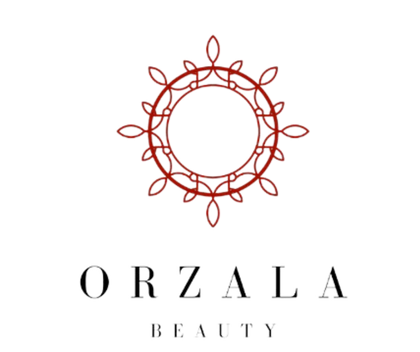Sustainability
SAFFRON SUSTAINABILITY
Saffron (Crocus sativus L.) is an autumnal flowering geophyte whose dried stigmas, well known for their aromatic and coloring power, have been used since immemorial time as a spice in human nutrition, for medicinal purposes and as a dye. Many doubts remain on its origin; It was probably selected and domesticated in Crete during the Late Bronze Age. Saffron is an auto triploid geophyte species, self- and out-sterile and mostly male-sterile. And therefore unable to produce seed, that reproduces by means of corms. Furthermore, it has a reverse biological cycle compared with most cultivated and spontaneous plants: flowering first in October–November, then vegetative development until May, which means that the vegetative development is not directly important for production of stigmas, but to produce new corms.
Due to its unique biological, physiological, and agronomic traits, saffron is able to exploit marginal land and to be included in low input cropping systems, representing an alternative viable crop for sustainable agriculture. Notwithstanding this great potential and the considerable increase in new generation consumer demand for saffron, the future of the plant is still uncertain. Indeed, the main obstacles to saffron production are:
- the limited areas of cultivation in countries where traditionally saffron growing happens
- the great amount of sophisticated spice
- management techniques executed by hand
- the very high price of the spices

Saffron production is relatively sustainable since there is no known significant damage to air, water, land, soil, forests, etc. Orzala Beauty use Non-GMO/organic, as toxic, chemical pesticides contaminate air, water, soil, etc. when using regenerative practices.
A 2018 Oxford University study – which is the most comprehensive analysis to date of the damage farming does to the planet – found that ‘avoiding meat and dairy is the single biggest way to reduce your impact on Earth’ as animal farming provides just 18% of calories but takes up 83% of our farmland.
Consuming animal products and byproducts is not environmentally friendly and is one of the worst things for the Earth. Not only is meat production wasteful, it causes enormous amounts of pollution. The industry is one of the biggest causes of climate change

(a) Physical land suitability map for sa ff ron cultivation in Khost Province of Afghanistan. (b) A pie chart showing
the percentage of land area for each one of the four physical suitability classes.
The findings of the Saffron sustainability study showed that it is possible to cultivate saffron with semi-saline water (2.9 dS m−1) in saline soil (5.8 dS m−1). In this case, the harvest begins about a month after planting and lasts less than a month. The long harvest period is one of the main problems of saffron cultivation, especially where harvesting happens manually. Orzala beauty production team in Afghanistan always very careful with the whole process of Saffron cultivation. Irrigation of saffron with semi-saline water didn’t reduce yield in the next two years.



